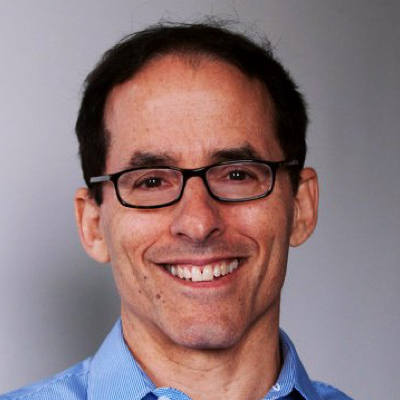December 10, 2000
Mark Weisbrot
Philadelphia Inquirer, Dec. 10, 2000
Knight-Ridder/Tribune Media Services, December 6, 2000
Baltimore Sun, December 13, 2000
Milwaukee Journal Sentinel, December 10, 2000
Sacramento Bee, December 7, 2000
Times Union (NY), December 10, 2000
Alan Greenspan demonstrated his awesome powers once again on Tuesday, sending the stock markets skyward by simply admitting that the economy was slowing. The Federal Reserve Chairman’s speech was widely interpreted as an indication that the Fed could lower interest rates next year. The recently battered Nasdaq jumped more than 10 percent, an all-time record increase.
The signs of an economic slowdown are everywhere: third quarter GDP growth dropped to 2.4%, from 5% in the previous quarter. Auto sales, housing starts, and retail sales are also lagging. Vice Presidential candidate Dick Cheney declared this week that “we may be on the front edge of a recession.”
Cheney’s comment was an unusual break with protocol– presidents and their spokespersons don’t normally talk up the possibility of a recession, because the talk itself is not healthy for the economy. He was trying to link the downturn, if it happens, with the Clinton-Gore administration, while it is still early enough to do so.
But the person who really ought to take the lion’s share of the blame for a “hard landing” is Alan Greenspan, and yet he retains his image of infallibility. Fearing “tight labor markets”– something that most people celebrate because it means more job opportunities and a chance at a pay increase– the Fed has raised interest rates 6 times in the last year and a half.
These rate increases, which brought the short-term Federal Funds rate to its highest level in nine years, have just started to have their intended effect: slowing consumer and business spending. In the coming months this will probably be seen as a mistake, and one that will not be so easy to correct. The other major source of the slowdown has been the decline in the stock market, which also causes both businesses and wealthier consumers to cut spending. The Nasdaq dropped 48 percent and the Dow about 10 percent from their peaks this year, and the Greenspan-led rally isn’t going to make up for that.
While the Fed did not create the stock market bubble, the way Mr. Greenspan has handled it has exposed our economy to great risk. He was acutely aware that stocks were overpriced four years ago, when he made his famous speech about “irrational exuberance.” The Dow, already overvalued at 6300, responded with a 2 percent drop. Although the market quickly recovered and began its ascent to the stratosphere, Greenspan reassessed his strategy. This bubble may be crazy, he thought, but I’m not going to take the blame for letting the air out of it.
Over the next few years, the Dow would grow by 80 percent and the Nasdaq nearly quadruple. But Greenspan would no longer raise the idea that it was overvalued, and he actually retreated from his previous remarks. This was a serious mistake. The Fed could have continued to talk the market down, and even used its control over margin requirements–for borrowing in order to buy stock– to dampen the speculative excesses.
Instead, the Fed began a series of interest rate hikes in June of 1999. In other words, rather than target the stock market, where the problem resided, the Fed trained its weapons on the whole economy. This is certainly unfair– it punishes everyone from home buyers to workers (when unemployment rises, as it almost certainly will); and the vast majority of Americans have gotten little or nothing out of the bull market in stocks. It also had the effect of setting up a one-two punch– the shrinking stock bubble and interest rate effects hitting the economy at the same time– that could very well end in a knock-out for the economy.
Had the Fed used its power and influence — the kind that we witnessed on Tuesday– to squeeze the stock market rather than the economy, we would not be facing such a high risk of recession.
Unfortunately, stocks are still– on average– enormously overvalued relative to any conceivable earnings that the underlying companies might produce. The country is also carrying a record trade deficit and an overvalued dollar that could plummet at any time. A falling dollar would increase inflation by increasing the price of imports. The Fed, which elevates the fight against inflation above all other concerns, would be loathe to lower interest rates in the face of a falling dollar– even if that’s what were sorely needed to jump-start the economy.
The Fed actually brought on the last (1990-91) recession by raising interest rates to 10 percent in 1989. Although Mr. Greenspan began lowering them as the economy slowed, it turned out to be too little and too late.
How quickly we forget.






